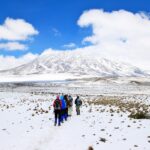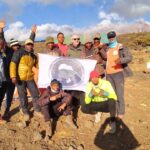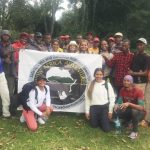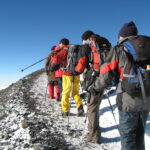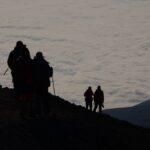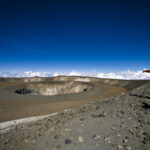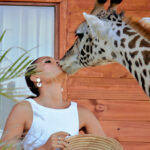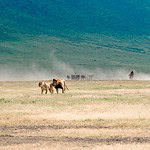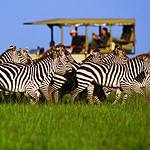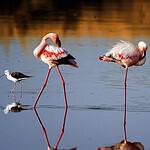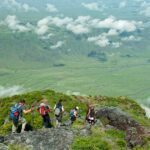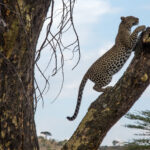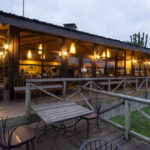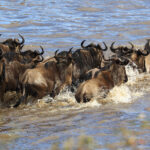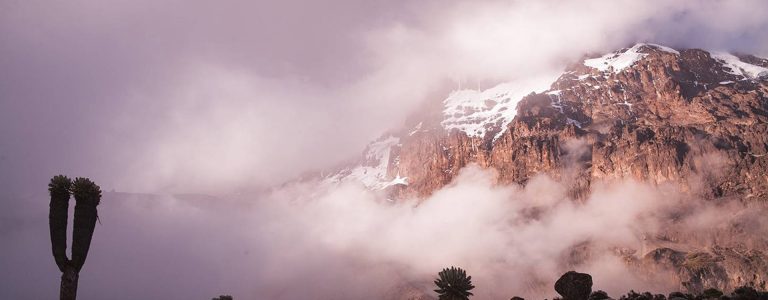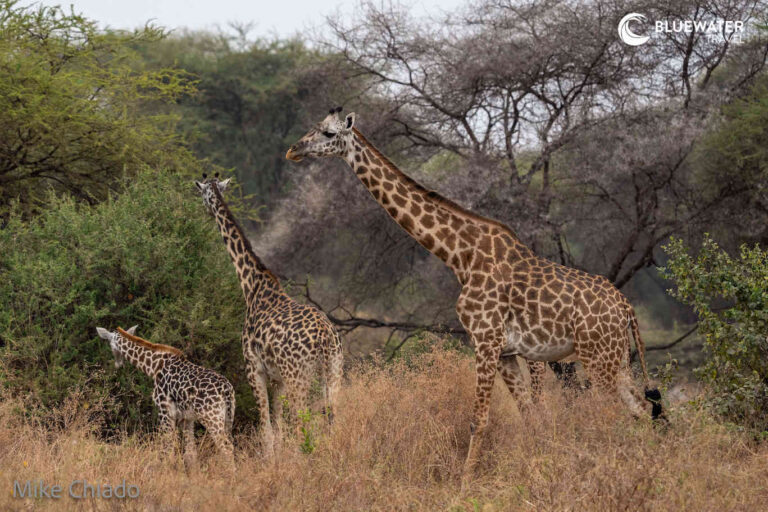Best Time to Climb Mount Kilimanjaro: 7 Expert Tips for a Successful Trek
Best Time to Climb Mount Kilimanjaro
Mt. Kilimanjaro, Africa’s tallest peak towering to a whopping height of 5,895 meters (19,341 ft), is any trekker’s and adventurer’s paradise. Reaching to the very pinnacle is a life-transforming experience, but planning your trek responsibly can be the make or break of the difference. One of the key considerations is to get to know the best time to climb Mount Kilimanjaro.
In this definitive travel guidebook, we will provide seasonal weather, road conditions, summit success rates, and advice to help make your Kilimanjaro trek safe, enjoyable, and memorable. Knowing the best season to climb Mount Kilimanjaro will better prepare you and contribute to your success.
Mt. Kilimanjaro climbers inquire about the best season to ascend Mt. Kilimanjaro because weather and trail conditions can make or spoil reaching the top. By selecting the best season to ascend Mt. Kilimanjaro, you will escape slippery trails, torrential rains, and crowded trails.
The best time to climb Mount Kilimanjaro is normally during the dry season months of January to March and between the months of June to October, with clear weather, hard ground, and an extremely high success rate to the top. But off-season, experienced climbers can have their best season to climb Mount Kilimanjaro depending on their goal and adventurous threshold.
If you’re looking to find photogenic spots, a quieter trail, or the highest success rate of summits, having the best time to climb Mount Kilimanjaro will be a bonus. The optimal season to climb Mount Kilimanjaro will depend on your training, your health, and the experience that you’re looking to have.
Why Timing Matters
The optimal season to ascend Kilimanjaro is not only to escape the rains. The proper timing determines:
-
Success to the summit: Good weather and proper acclimatization enhance the odds of reaching Uhuru Peak.
-
The trail conditions: The dry trails make trekking more straightforward and safer than muddy or slippery trails.
-
Scenery and wildlife: The seasonal variations provide diverse mountain views, ranging from snowy peaks to flowers.
-
Crowds: The off-season months can be less crowded, and crowded months can be busy.
Understanding Kilimanjaro’s Seasons
Mount Kilimanjaro experiences two key climbing seasons determined by the patterns of rainfall:
1. Dry Seasons (Optimal Time to Climb)
-
January to March:
-
Clear skies and pleasant temperatures
-
Less chance of rain, thus easier trails to hike
-
Good visibility for stunning photography
-
-
June to October:
-
Cold weather with light showers
-
Perfect for climbers requiring a very high percentage of summit success
-
Popular with overseas trekkers; don’t anticipate many groups
-
2. Wet Seasons (Less Popular Climb Periods)
-
April to May (Long Rains):
-
The trails being slippery and muddy provide challenge
-
Increased risk of altitude sickness with wet equipment and garments
-
Fewer tourists, thus a less crowded experience
-
-
November (Short Rains):
-
Scattered showers and widely scattered fog
-
The landscape is rich and verdant
-
Ideal for experienced climbers not afraid of getting soaked
-
How the Weather Impacts Your Climb
The climate of Kilimanjaro shifts greatly with elevation:
-
Base: Warm temperature, tropical climate
-
Mid-mountain: Chilly and windy; showers may pop up
-
Summit: Very cold with strong wind chill; icing and snow frequent
Understand the best ascending season of Mount Kilimanjaro to plan the appropriate equipment, attire, and schedule for each step of your trip.
Making the Correct Choices
There are many authorized trails to climb Kilimanjaro, and the best time to climb Mount Kilimanjaro often determines which route is ideal. Choosing the right path during the best time to climb Mount Kilimanjaro can improve your chances of success and overall experience. Trekkers who plan carefully around the best time to climb Mount Kilimanjaro often enjoy safer trails, better weather, and higher summit success rates.
-
Marangu Route (5–6 days): The “Coca-Cola Route” with hut accommodations; ideal during dry season to make the climb safer.
-
Machame Route (6–7 days): “Whiskey Route,” very scenic and varied; fine during both dry seasons.
-
Lemosho Route (7–8 days): Scenic route with excellent acclimatization success; best January–March and June–.
-
Rongai Route (6–7 days): A quieter northern trek; best during wet months while drier than other routes.
-
Northern Circuit (9–10 days): Long and least crowded; dry season months best to maximize summit days.
Summit Success and Timing
The timing of your climb can help greatly determine summit success:
-
Dry season ascents (Jan–Mar, Jun–Oct) have better success with stable weather.
-
Wet season ascents involve steeper trails that slow down travel and enhance the danger of elevation.
-
Longer routes of acclimatization, including Lemosho and Northern Circuit, enhance probabilities without worry about season.
Expert Advice on Organising Your Kilimanjaro Climb
-
Book Early to Secure Peak Seasons: January–March and June–October; book lodges and guides early.
-
Acclimatize Correctly: Choose longer trails to regularly acclimatize to altitude.
-
Verify Weather Forecasts: Local weather may be different; always have backups planned.
-
Package the Correct Equipment: Base layers, weather-proof coats, trekking poles, hand protection, and headlamps.
-
Remain Well-Hydrated and Rested: Water and electrolytes improve performance, and rest is proper.
-
Compare Group vs Private Climb: Groups will be less expensive but private climbs will be flexible with schedules.
-
Trust Your Guides: The experienced guides understand the best days and times to make the summit bid.
Packing List: The Ideal Climb
-
Hiking boots (worn in)
-
Heat base layers
-
Fleece and down jackets
-
Down
-
Waterproof jacket and pants
-
Warming hat, gloves, and socks
-
Sleeping bag to -15°C (5°F)
-
Daypacks and trekking poles
-
Purification tablets and refillable drink bottles
-
Snacks and energy bars
Health and Safety Considerations
-
Altitude Sickness: Most frequent above 3,500 meters. Acclimatize step by step and heed your body.
-
Medical Kit: Bring basic medicine, bandages, and blister protection.
-
Travel Insurance: Ensure High-Altitude Trekking Is Included.
Combining Kilimanjaro with Other Expeditions
Some climbers pair their Kilimanjaro trek with other Tanzanian essentials:
-
Safari ya Jangwani ya Seren
-
Ngorongoro Crater Safari
-
Lake Manyara or Tarangire National Park
-
Zanzibar beaches after the climb relaxation
Schedule your climb during the best time to climb Mount Kilimanjaro to get the best summit climb and overall Tanzanian experience. Best time to climb Mount Kilimanjaro translates to safer trails, perfect weather, and higher summit success.
Identification of the best period to climb Mount Kilimanjaro is significant to have a safe and enjoyable trek. To any trekker, January to March and during the months of June to October can be considered to be one of the best times to climb Mount Kilimanjaro due to clear trekking paths, dry weather, and visibility.
If you pick the perfect time to climb Mount Kilimanjaro, pick your route, and prepare to acclimatize, your trip is not only an incredibly daunting achievement, but a trip of a lifetime. Even expert guides will recommend the best time to climb Mount Kilimanjaro to enjoy ideal weather and low congestion.
At Snow Africa Adventure, we take pride in helping climbers choose the best season to climb Mount Kilimanjaro through the help of expert advice, experienced climbers, and custom-made itineraries to ensure that you have an experience always to be remembered.
Booking with us during the best season to climb to Kilimanjaro will ensure you get the best chance to summit Uhuru Peak and have a safe and enjoyable trek.
Don’t let chance decide your destiny to make your Kilimanjaro experience better choose the best season to climb Mount Kilimanjaro, and let Snow Africa Adventure carry you to the top of the highest peak of Africa comfortably.

